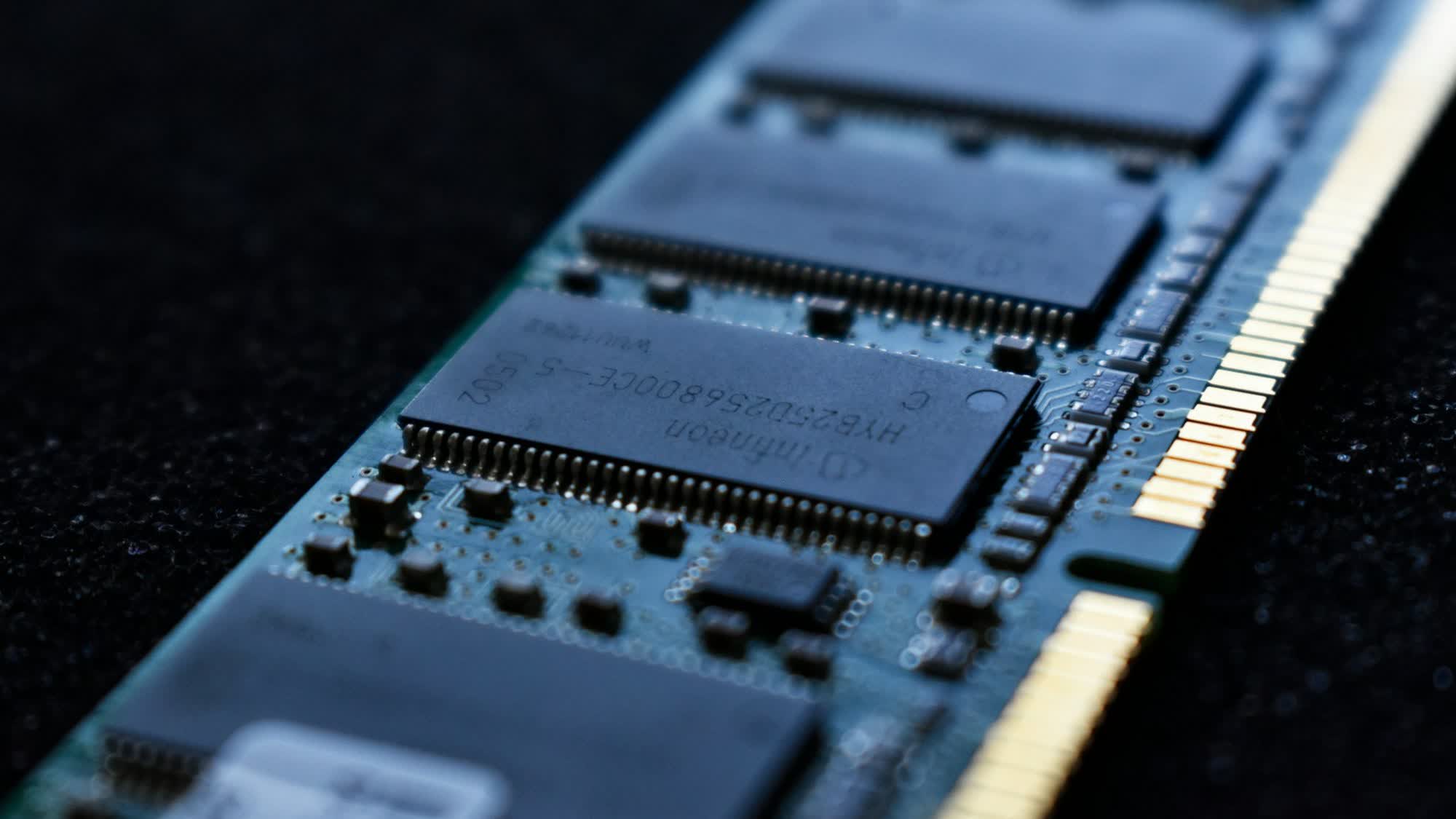Something to look forward to: The next generation of PC memory is already in the works. With DDR6 expected to arrive in 2027, major chipmakers are laying the groundwork for faster, more efficient systems – raising the bar once again for everything from gaming rigs to AI workloads.
The DDR6 standard, drafted in late 2024, is slated for commercial debut in 2027. According to Taiwanese trade publication Commercial Times, Samsung, Micron, and SK Hynix are on track with prototype designs and are now shifting focus to controller development. The companies are also reportedly working with Intel and AMD on interface testing, with platform validation expected to begin next year.
Both major x86 chipmakers plan to support DDR6 in their next-generation CPUs, paving the way for widespread adoption in AI servers, HPC systems, and high-end laptops. According to industry insiders, DDR6 will introduce substantial architectural upgrades over DDR5, with default speeds starting at 8,800 MT/s and scaling up to 17,600 MT/s – twice the official limit of current DDR5. Some reports suggest overclocked modules could eventually reach speeds as high as 21,000 MT/s.
– Darkmont (@DarkmontTech) May 21, 2024
Another key upgrade in DDR6 is its multi-channel architecture, which features four 24-bit sub-channels. This design improves parallel processing, data flow, and bandwidth efficiency compared to DDR5's dual 32-bit layout. However, it also places greater demands on module I/O design and signal integrity.
Memory manufacturers are positioning CAMM2 as a key form factor for DDR6, especially in laptops and other compact devices. The new module design promises better performance, higher capacity, and improved efficiency compared to traditional DIMMs and SO-DIMMs. Asus and G.Skill recently showcased a 64GB CAMM2 module running at DDR5-10000 speeds, highlighting the format's potential.
Following the release of the DDR6 draft, the Joint Electron Device Engineering Council published the final LPDDR6 draft earlier this month, enabling semiconductor firms, memory manufacturers, and chip designers to begin testing and validation under a unified framework. South Korean media outlet The Guru reports that Qualcomm, MediaTek, and Synopsys are already developing LPDDR6 support for their hardware, while Samsung and SK Hynix – having worked on the standard for years – plan to begin mass production of LPDDR6 modules by year's end.
